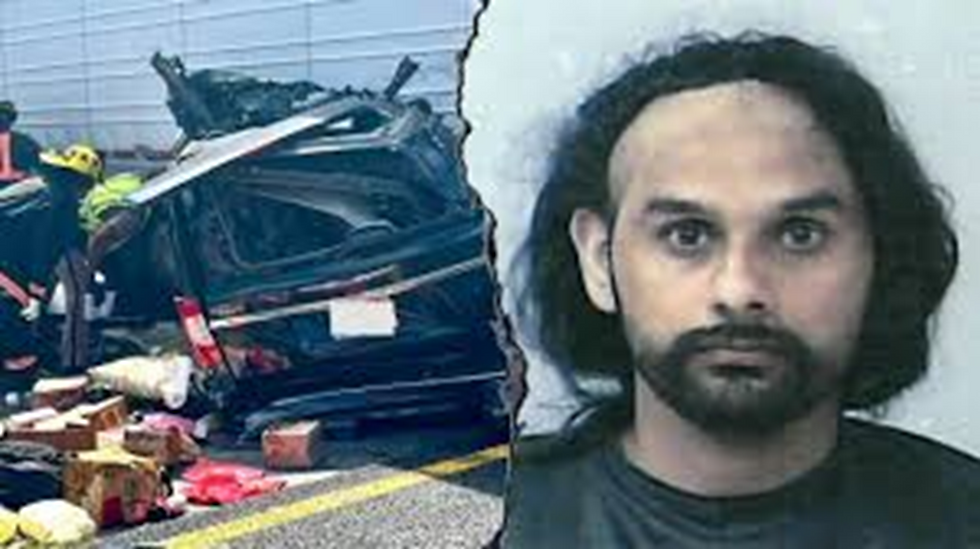BOLLYWOOD IS A LIVING SOUL - DEFINES GENERATIONS
- Outrageously Yours

- Jul 20
- 4 min read
Bollywood is a living soul.
It lives in every Indian
It’s a memory.
A mood.
A movement.
It defines generations — as they evolve.

BOLLYWOOD IS A LIVING SOUL. IT DEFINES GENERATIONS
It doesn’t follow time — it frames it.
Because every decade has its story. And its song.”
It doesn’t just entertain. It imprints.”
BOLLYWOOD – A COMMON REFERENCE TO INDIAN CINEMA
Bollywood — as we use the term here — does not merely refer to films made in Bombay. It symbolizes the broader universe of Indian cinema that shaped and mirrored our emotions, dreams, and anxieties across decades. Whether viewed on 70mm screens, flat-screen TVs, mobiles, or desktops, this cinema reflects the nation's pulse. It is India’s mirror, diary, dream machine, and pressure valve — all rolled into one.
To dismiss it as escapism is to miss the emotional infrastructure it provides to a billion people. Bollywood doesn’t merely reflect what India is — it reveals what India wants to be. Each era of Indian cinema captures more than trends; it captures tensions, transitions, and the emotional weather of a nation in flux.
IT DEFINES GENERATIONS
Every generation of Indians — whether Free India’s idealists or Digital India’s disruptors — has been subtly shaped by what flickered on those 70mm screens. What we laughed at, cried for, rebelled against, or romanticized — it’s all there, encoded in frames and songs.
UNDERSTANDING INDIA THROUGH THE BOLLYWOOD LENS
To truly understand India, we must understand the cinema it produced — and the generations that consumed it. Each generation symbolizes a changing India, a shifting identity, and evolving aspirations. Cinema of each era shaped the minds, emotions, and expectations of the population at large. But it was never a one-way street. The stories that hit the screens were also deeply influenced by what the audience of that time longed to see — their values, their struggles, and their dreams reflected back at them.
And with each passing decade, Bollywood didn’t just accompany these generations — it shaped them. From the idealism of post-independence films to the rebellion of the '80s, the western style romanticism of the '90s, and the realism of today’s OTT storytelling, Bollywood has left deep imprints on how each generation thinks, feels, and dreams. And Bollywood has been their soundtrack, sometimes their compass.
DECODING GENERATIONS
Let’s decode India — generation by generation — through the silver screen.
For most countries, generations are measured by wars, technology, or politics. In India, they are measured by cinema.
From the moment celluloid entered our collective bloodstream, Bollywood didn’t just reflect the Indian psyche — it wrote it. One song at a time. One hero at a time. One heartbreak, rebellion, or dance sequence at a time. This wasn’t just entertainment. It was emotional engineering.
GENERATION F (FREE INDIA) — THE IDEALISTS (1950S–60S)
Tone: Nation-building, sacrifice, social realism
Heroes: Raj Kapoor, Dilip Kumar, Balraj Sahni
Key Films: Do Bigha Zamin, Mother India, Awara
Values: Duty, poverty with dignity, the collective dream
Legacy: Passed on the blueprint of morality and sacrifice — a belief that cinema must educate, uplift, and serve the new republic
GENERATION R (RAJESH KHANNA ERA) — THE ROMANTIC REALISTS (1970S)
Tone: Sentimentality, destiny, moral dilemmas
Heroes: Rajesh Khanna, Sharmila Tagore, Mumtaz
Key Films: Anand, Kati Patang, Safar, Amar Prem
Values: Emotional depth, sacrifice, ideal love
Legacy: Introduced India to the Super Star phenomenon; romanticized pain and poeticized everyday struggles
GENERATION A (AMITABH ERA) — THE ANGRY INDIANS (LATE 1970S–80S)
Tone: Rebellion, frustration, working-class rage
Heroes: Amitabh Bachchan, Dharmendra, Vinod Khanna
Key Films: Deewar, Sholay, Zanjeer, Trishul
Values: Justice through anger, masculinity as defiance, deep mistrust of systems
Legacy: Passed on the hero as a lone warrior, and cinema as a tool of catharsis for the common man
GENERATION D - DREAM WESTERN ROMANTICISM — THE NRI DREAMERS (1990S)
Tone: Escapism, global love, affluence meets tradition
Heroes: Shah Rukh Khan, Kajol, Aamir Khan, Salman Khan
Key Films: Dilwale Dulhania Le Jayenge, Hum Aapke Hain Koun, Kuch Kuch Hota Hai
Values: Personal freedom, consumer love, cultural nostalgia abroad
Legacy: Repackaged Indian romance for a global audience; fused Bollywood emotion with Western aesthetics; ; Bollywood became the face of Brand India
GENERATION M (MULTIPLEX ERA) — THE URBAN SEEKERS (2000S)
Tone: Experimentation, global-local fusion, self-reflection
Heroes: Hrithik Roshan, Saif Ali Khan, Abhay Deol
Key Films: Dil Chahta Hai, Rang De Basanti, Taare Zameen Par
Values: Friendship, identity crisis, social conscience, creative rebellion
Legacy: Made it okay to question patriotism, parenting, and privilege — cinema became therapy for the urban elite
GENERATION T (OTT) — THE TECHNOLOGY DISRUPTORS (2010S–2020S)
Tone: Gritty realism, fractured society, moral ambiguity
Heroes: Nawazuddin Siddiqui, Pankaj Tripathi, OTT ensembles
Key Films/Series: Gangs of Wasseypur, Sacred Games, Paatal Lok, Article 15
Values: Truth at any cost, brutal honesty, decentralization of storytelling
Legacy: Destroyed the star system, democratized content — India's cultural introspection turned into screenwriting
CLOSING THOUGHT:
Cinema didn’t just entertain us — it educated, conditioned, liberated, and sometimes even lied to us. But most of all, it timestamped who we were.
We are a country of many Indias. But often, we find common ground in one dark theatre — facing the screen, facing ourselves.
So next time someone asks you which generation you belong to — don’t say Gen Z, X, or Alpha. Tell them your Bollywood decade.
That’s where your story lives.
SUMMING UP:
Bollywood is not a place. It’s a pulse. It beats with the country’s laughter, heartbreak, longing, and hope. It doesn’t just reflect our lives — it narrates our aspirations. Across generations, it has been a storyteller, a trendsetter, and a timekeeper. We may debate its quality, but never its impact.
Because
Bollywood is a living soul.
It’s a memory.
A mood.
A movement.
It defines generations — as they evolve.
![Opacity_pattern_jag-01-01-01[1]_edited.png](https://static.wixstatic.com/media/0e5d33_af7a03f9b1ff46a2a038a414e0287c0a~mv2.png/v1/fill/w_434,h_442,al_c,q_85,enc_avif,quality_auto/Opacity_pattern_jag-01-01-01%5B1%5D_edited.png)


